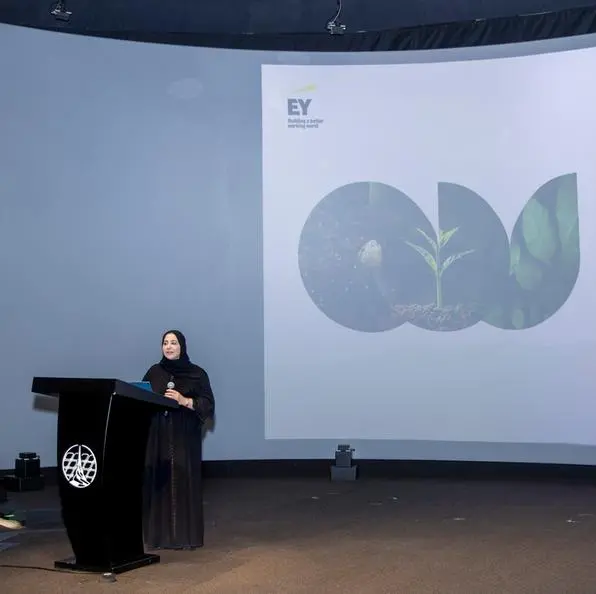Guinea today declared the end of the Marburg virus disease outbreak having recorded no new cases over the past 42 days—two incubation periods, or the time between infection and the onset of symptoms. The virus was confirmed on 9 August, marking the first time the disease emerged in the country and in West Africa.
Only one case—the index patient who was diagnosed with the virus posthumously—was recorded and more than 170 high-risk contacts monitored for 21 days. The disease, a highly infectious virus that causes haemorrhagic fever, was detected in southern Guinea, the same region where the initial cases of the February—June Ebola 2021 outbreak as well as the 2014—2016 West Africa Ebola outbreak were detected.
Guinea’s health authorities, with support from World Health Organization (WHO), promptly mounted emergency response, deploying expert teams to carry out further investigations, step up disease surveillance, assess the risks and bolster community mobilization, testing, clinical care as well as infection prevention and control measures.
“Without immediate and decisive action, highly infectious diseases like Marburg can easily get out of hand. Today we can point to the growing expertise in outbreak response in Guinea and the region that has saved lives, contained and averted a spill-over of the Marburg virus,” said Dr Matshidiso Moeti, WHO Regional Director for Africa.
While the outbreak has been declared over, flare-ups can occur. WHO continues to support Guinea in its efforts to remain vigilant, maintain surveillance and build capacity to respond quickly to a possible resurgence of the virus.
Guinea’s health authorities, WHO experts and scientists are deepening investigations into the source of the Marburg outbreak, including analysis on bats as well as undertaking serological surveys to not only help understand how the virus emerged, but also help prevent potential future outbreaks.
Marburg, which is in the same family as Ebola, is transmitted to people from fruit bats and spreads among humans through direct contact with the bodily fluids of infected people, surfaces and materials.
Although there are no vaccines or antiviral treatments approved to treat the virus, supportive care – rehydration with oral or intravenous fluids – and treatment of specific symptoms, improves survival. A range of potential treatments, including blood products, immune therapies and drug therapies, are being evaluated.
In Africa, previous outbreaks and sporadic cases have been reported in Angola, the Democratic Republic of the Congo, Kenya, South Africa and Uganda.
Distributed by APO Group on behalf of WHO Regional Office for Africa.
© Press Release 2021
Disclaimer: The contents of this press release was provided from an external third party provider. This website is not responsible for, and does not control, such external content. This content is provided on an “as is” and “as available” basis and has not been edited in any way. Neither this website nor our affiliates guarantee the accuracy of or endorse the views or opinions expressed in this press release.
The press release is provided for informational purposes only. The content does not provide tax, legal or investment advice or opinion regarding the suitability, value or profitability of any particular security, portfolio or investment strategy. Neither this website nor our affiliates shall be liable for any errors or inaccuracies in the content, or for any actions taken by you in reliance thereon. You expressly agree that your use of the information within this article is at your sole risk.
To the fullest extent permitted by applicable law, this website, its parent company, its subsidiaries, its affiliates and the respective shareholders, directors, officers, employees, agents, advertisers, content providers and licensors will not be liable (jointly or severally) to you for any direct, indirect, consequential, special, incidental, punitive or exemplary damages, including without limitation, lost profits, lost savings and lost revenues, whether in negligence, tort, contract or any other theory of liability, even if the parties have been advised of the possibility or could have foreseen any such damages.


















